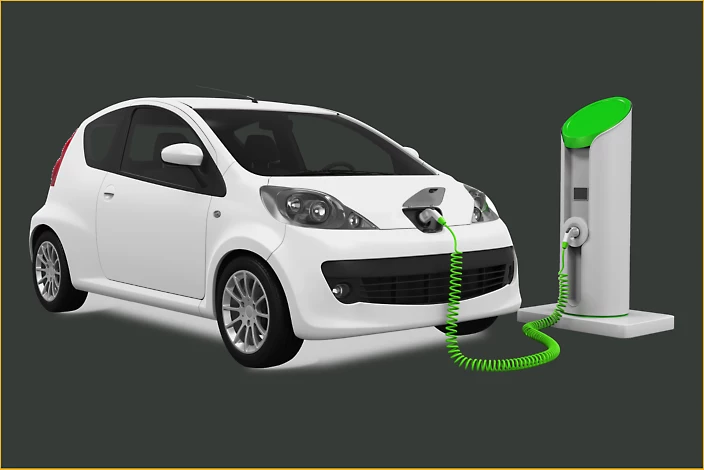Courtesy : green clean guide
Green sez
sEZ (Special Economic Zone) is an area which is aimed at increasing investments. Companies that base their operations in such areas are eligible for tax and other such incentives. The SEZ are created with the larger aim of triggering foreign and domestic investments for generation of more employment and infrastructure besides direct increase in productivity.
The main objectives of the SEZ are;
- generation of additional economic activity
- promotion of exports of goods and services;
- promotion of investment from domestic and foreign sources;
- creation of employment opportunities;
- development of infrastructure facilities;
There are currently 585 approved and 133 operational SEZ’s in India. The green guidelines for SEZ are a bold and noteworthy step that can transform these important investment units. The guidelines have been questioned and criticized by some sections of industry who feel it will be expensive and might actually discourage the SEZ industry. The guidelines can provide a huge upthrust for the use of renewable energy in the SEZ’s, fiscal incentives can neutralize the increased project costs.
The green guidelines for SEZ’s will cover not only the entire SEZ but individual buildings as well. The compliance of the guidelines can be checked and certified by organization like TERI, GGBC and other national and international agencies.
These green guidelines aim at optimization of;
| Energy | Energy efficient buildings as per ECBC or GGBC rating programme. Air conditioning above 100 TR to be catered through district heating and cooling. To avoid heat island effect, use of high solar reflective index material. |
| Power | 100 % of organic waste vermin-composted or used for power generation.25% of internal lighting and 50% of billboards be solar powered.100% of external lighting be BEE rated, no incandescent lamp usage.All common space and street lights to use LED’s (powered by solar).2% of total energy consumption powered by solar or other renewable energy.50% of hot water requirement to be met through solar.Bio mass or bio gas plants be set up. |
| Water Consumption | 30% of rain water to be rain water harvestedwaste water treatment plantRe use of treated water for landscaping, flushing etcZero process water discharge |
| Waste Management | Recycling and reuse of biodegradable wastesGarbage segregation as per Solid Waste Rules 2000 |
| Plantation | Own nurseries to be set up for sapling plantation |
| Site Preservation and Restoration | Control of soil erosion during constructionStacking of top soil and reuse in landscapingPreserve and transplanting of existing tress wherever applicable50% of open area to be landscapedHardscape area to be shaded by treesParks and other recreation facilities |
| Local Internal Transportation | 25% of internal transportation by electric vehicles, CNG, Bio- diesel etc.within 3 years , extend it to 100% of vehicles, use of electric rickshawBicycle and pedestrian lanes |
| Materials | Each building to produce certificate of Green building design |
| Ventilation and Day- Lighting | All buildings to be in compliance with NBC |
| IT- Infrastructure | Optical fibre Connectivity |
A glance through each of these guidelines shows that none of them are extremely tough or difficult to put into operation; all technologies are available in India; in fact it might even be said that the incorporation of such guidelines will in fact be beneficial to the SEZ industry. As with any new guideline or rule, the industry is not likely to meet it with optimism. To ensure smoother transition, the government might even consider making such norms voluntary and remove any constraints that arise when operational before making them mandatory.
Recent reports in the media suggest that these guidelines may be scrapped because of the high costs involved and the reluctance of the industry to incorporate them, if such be the case, then it will indeed be a sad day.
The SEZ industry is no doubt an important player in the progress of a country, let it set the benchmark for sustainable progress as well.



